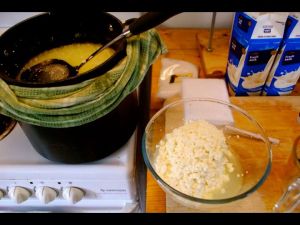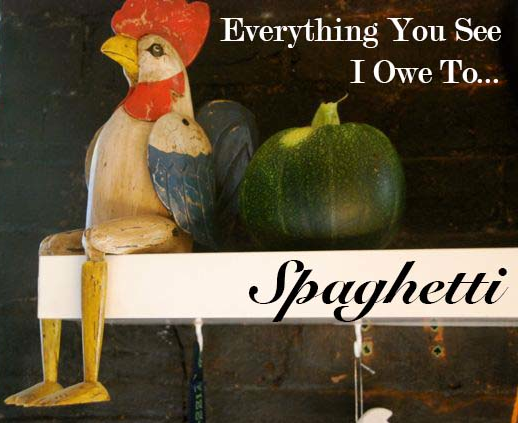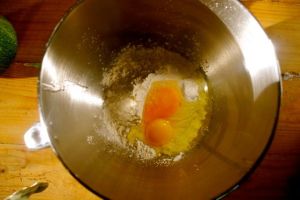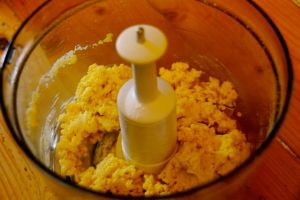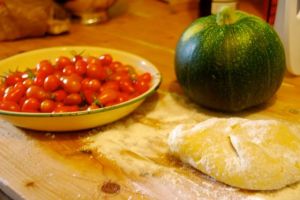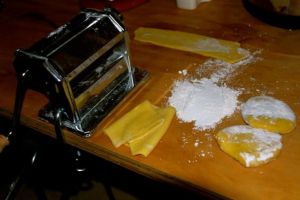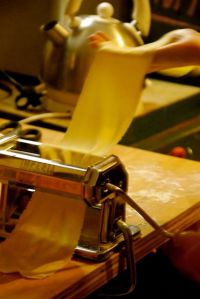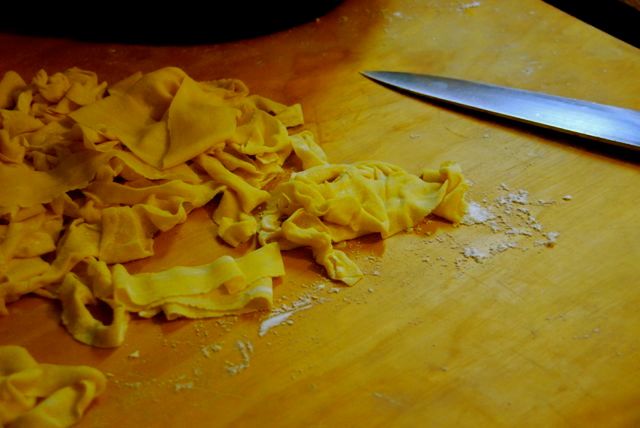 Welcome to the first post in a series on cheese making, a topic much simpler than you might think. It’s the process of heating milk to the point that curds (the delicious fat solids) separate from the whey (the watery by-product). And I’m not talking about the curds couch-surfing at a mate’s place while the whey rips up all their old photos and changes the locks, I’m talking about bacteria, enzymes and acids. Using this process you can essentially make most other forms of cheese and I’ll cover this soon.
Welcome to the first post in a series on cheese making, a topic much simpler than you might think. It’s the process of heating milk to the point that curds (the delicious fat solids) separate from the whey (the watery by-product). And I’m not talking about the curds couch-surfing at a mate’s place while the whey rips up all their old photos and changes the locks, I’m talking about bacteria, enzymes and acids. Using this process you can essentially make most other forms of cheese and I’ll cover this soon.
- Large pot (We use a 10 lt solid base pot)
- Colander and/or cheese cloth (Cheese cloth is cheap and can be purchased in bulk from a sewing store)
- Ladle or stirring spoon
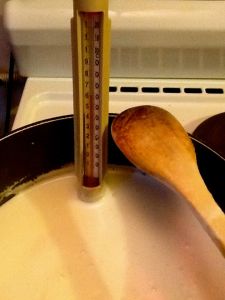 Add 3 1/2 litres milk to a large pot on a medium heat.
Add 3 1/2 litres milk to a large pot on a medium heat.- Dissolve one teaspoon of citric acid in 50ml of water and add to milk with half a teaspoon of salt. Mix the milk thoroughly, you want to heat the milk but not boil it.
- Stir often to prevent scorching.
- Heat the milk to 85-90°C and as soon as the curds and whey separate turn off the heat and let it sit undisturbed for 10 minutes.
- Scoop the curds out and drain through a colander or cheese cloth.
- The cheese is ready to eat immediately.
- For a creamier consistency, add 1/2 cup of cream at the end and mix.
You can store in a covered container in the fridge for 1-2 weeks. I really do love cheese, even if it doesn’t always love me back. Try it in ravioli using our pasta recipe for dinner, even on toast for breakfast with a little chilli and avocado. What a way to start the day!
